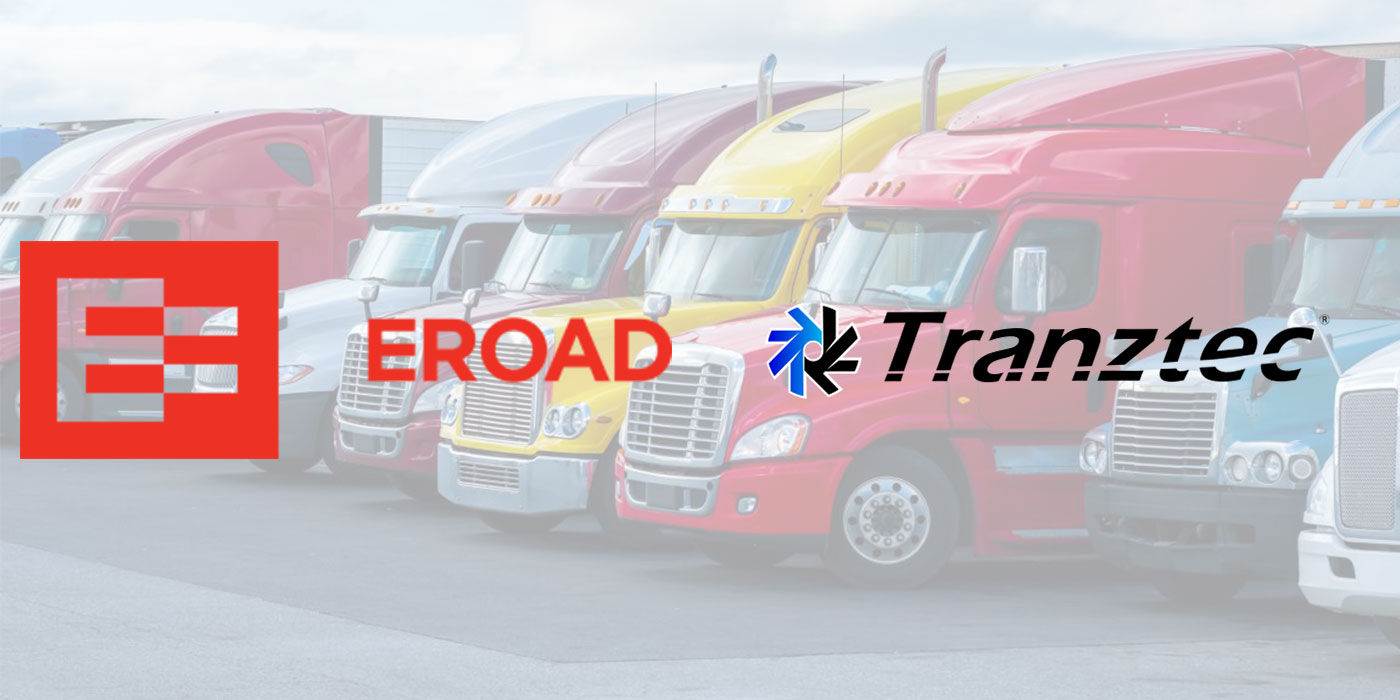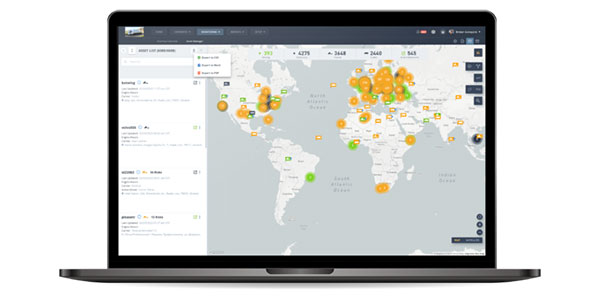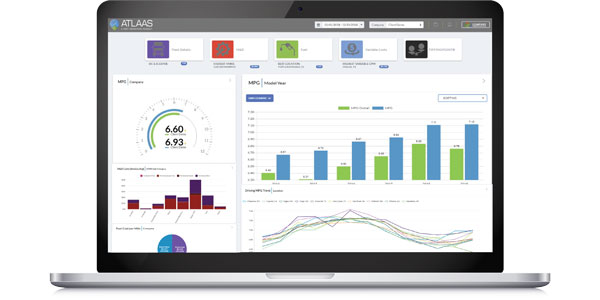“If there is something that has to be done outside the vehicle, applications on handheld devices can provide significant benefits,” says Steve Katz, director of U.S. sales at Blue Tree Systems Inc., a provider of trailer tracking, reefer monitoring and fleet management solutions. “Handheld devices can be the right tools for the job.”
Katz goes on to cite examples of applications that can be enabled on a variety of handheld devices to improve efficiency and productivity, including bar code scanning, capturing signatures for proof of delivery, and vehicle inspection reports and driver logs. Using a handheld device as a driver interface is less time consuming and improves accuracy of data, saving fleets money on the road and in the office.
Driving adoption of this technology, according to Katz, is the availability of newer, lower priced handheld devices designed to be rugged enough to handle the demands of mobile operations and that now have larger, better screens for viewing forms and entering data. Second is the advent of mobile applications, which along with operating system architecture, are designed to enable the use of applications on handheld devices.
Recently, Blue Tree announced that its R:COM Fleet Management system can be used on any Windows CE and Windows Mobile device, including most handhelds. The new capability means carriers already using any device operating on the Windows platforms can install R:COM without making an expensive hardware investment. Applications on R:COM include HOS Advisor for optimizing Hours of Service, forms and customized workflow, vehicle tracking, pre- and post-trip inspections, route management and navigation.
Handheld technology also is proving valuable in the service arena. Decisiv Inc., for example, has enabled the application of the Decisiv Service Management Platform on any handheld that is capable of accessing the Internet or sending and receiving email—including Android, Blackberry, iPhone, Palm and Windows Mobile devices, and tablet PCs—as well as the use of SMS text messaging on non-smartphones. The company’s scalable data and communications platform is used to manage service and maintenance of commercial assets by fleets and service providers.
Two primary uses of the Decisiv platform on handheld devices include check-in and inspection applications. Using a QR (Quick Response) Code unique to each vehicle and affixed to the door jamb, a mobile web check-in page allows the user to identify the vehicle and its specifications, and enter details of the complaint or requested service into the platform, including photos taken with the device’s built-in camera. A host of information can be stored on the QR Codes, known for their larger storage capacity than standard UPC bar codes.
“Handheld technology and mobile-enabled web portals make this possible,” says Pete Russo, vice president of product management and professional services at Decisiv. “Trucking operations are inherently mobile, even within their own facilities. With these solutions, managers and technicians can access all the information they need, regardless of location, and have a readily accessible communications capability, as well.”
Along with on-site use at company facilities, Russo also points out the value of handheld technology during service operations in remote locations, such as at a vehicle breakdown. “In those instances,” he adds, “if access to a website is not possible, a mobile app for the handheld can still allow service personnel to access details about a vehicle and record activity during service events.”
For fleets, the ability to merge management applications and handheld devices can lead to an exceptional return on investment.













